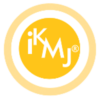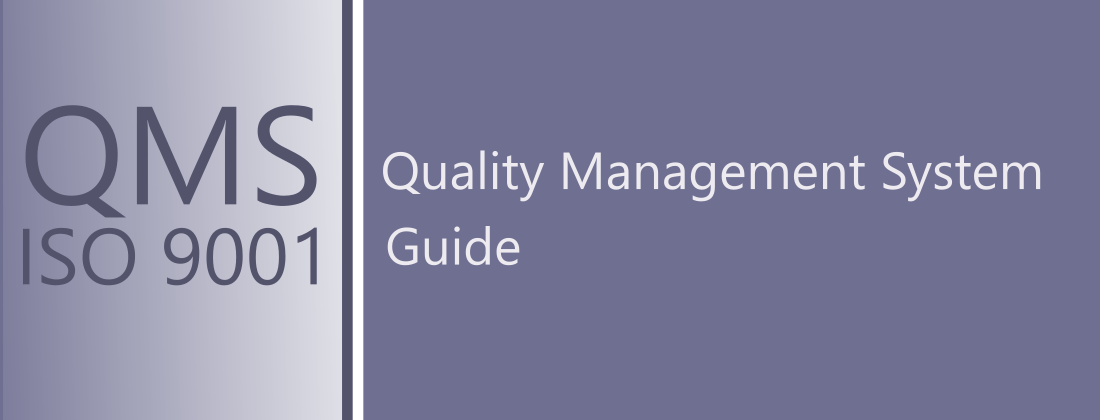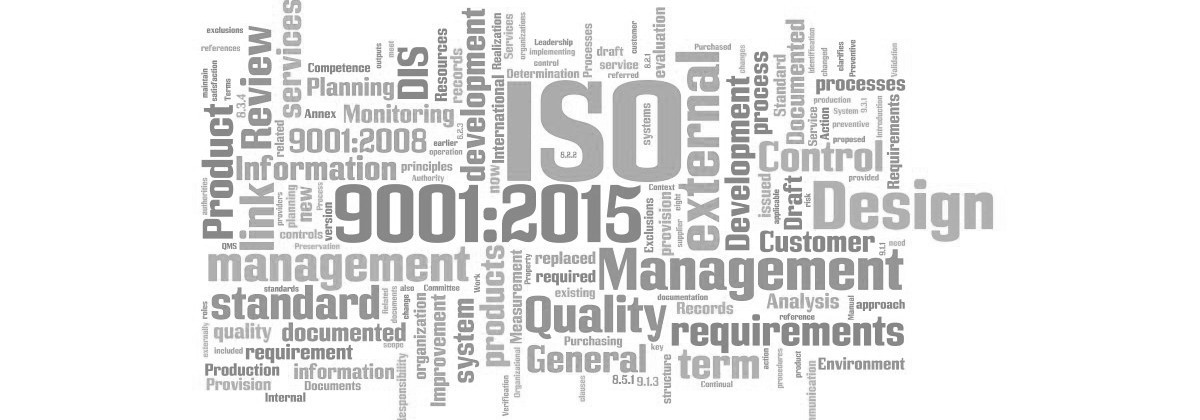Quality management system guide – How to implement ISO 9001: 2015?
How to use the documentation and what benefits will it bring us?
We need to make some assumptions to answear this question. Documentation of the quality management system must be useful, i.e. we write it in terms of tools. We have to create each of the documents in terms of tools. Each of them must have specific functionality:
- Organizational chart – we create it to define the names of positions and include a hierarchy of duties in situations not provided for by the procedure,
- Quality policy – we write it to set a goal to which we strive and which we are implementing,
- Quality goals – we set goals that we supervise, starting with the general goal:
- Generating income and costs at a level that allows obtaining a profit,
- The goals of individual processes must enable the achievement of the overarching goal.
- The procedures are telling us how to do a specific job:
- Sales: How to handle sales? How to accept an inquiry? How to make an offer? How to lead from an offer to a contract? How to submit a contract for implementation?
- Implementation: How to implement the contract? How to deliver to the customer? How to service our product? (if we service)
- Purchases: How to purchase? How to make a purchase efficiently to buy and deliver what we want? How not to spend too much? How to keep costs very low?
- Human resources: personnel development, or how to actually ensure that we hire people who know how to do what they should do?
- Administration: invoicing, i.e. how to issue an invoice after processing and how to collect payments?
Documentation created in this way is a tool for us, not a collection of documents that lie and cover with dust.
Documentation in terms of tools is the first thing we need to have!
The second thing is the medium for managing this documentation to use it correctly. We have to put it in a place where it is available to employees. The place depends on the skill level and habits of the employees:
- If we have people who do not use computers on a daily basis, we put the documentation in binders. We give it to them in the hall or to the offices where they work, so that they can use it on an ongoing basis. We protect it in the way that they are not afraid of staining or destroying it (lamination, thicker paper).
- If we all work with computers, it is best to place the documentation in a cloud-based solution (Google Apps, Office 365 or another). These are solutions with which we can manage documentation in a simple and convenient way. We make documents available to users for inspection, we determine where to make entries (in utility programs, in shared files in the cloud). These tools have the ability to track user history, i.e. who, when, what records they generated, which also gives us a preview of employee activity 🙂 (by the way, I check whether they are working on an ongoing basis or complete everything before the expected inspection).
The third thing is that the documentation is for change management. It must reflect what we are doing. If we plan to change our work, even if it is insignificant, we must remember to:
- first program the change, i.e. create documentation with new guidelines
- submit it for use
- just start applying.
By applying this cycle of changes all the time, we will be able to get people used to implementing everything in accordance with the procedures.
Then we will be able to actually manage the change!
If we want to introduce a change, we will pass the changed documentation to people for use and they will use it!
If we follow the above rules, the documentation of the quality management system will allow us to organize our organization. Thanks to this, we will:
- have a real organizational and physical order in the organization,
- people will know what to do,
- they will be focused on work and we will have greater efficiency.
If we want to make changes in the organization, thanks to the documentation, we will have the ease of making this change. We will prepare a new edition of the documentation, we will approve it and people will start working according to the new guidelines :).
You may not believe it, I have been working for 16 years in companies using this type of solutions (very simple) and it works. These rules are applied by companies from the Land of the Rising Sun, the United States, and Scandinavia, and it also works there.
There is one condition: we have to make sure that we first plan the change (we design it) and only start working in accordance with the new guidelines.
This is a golden rule that will benefit us!





